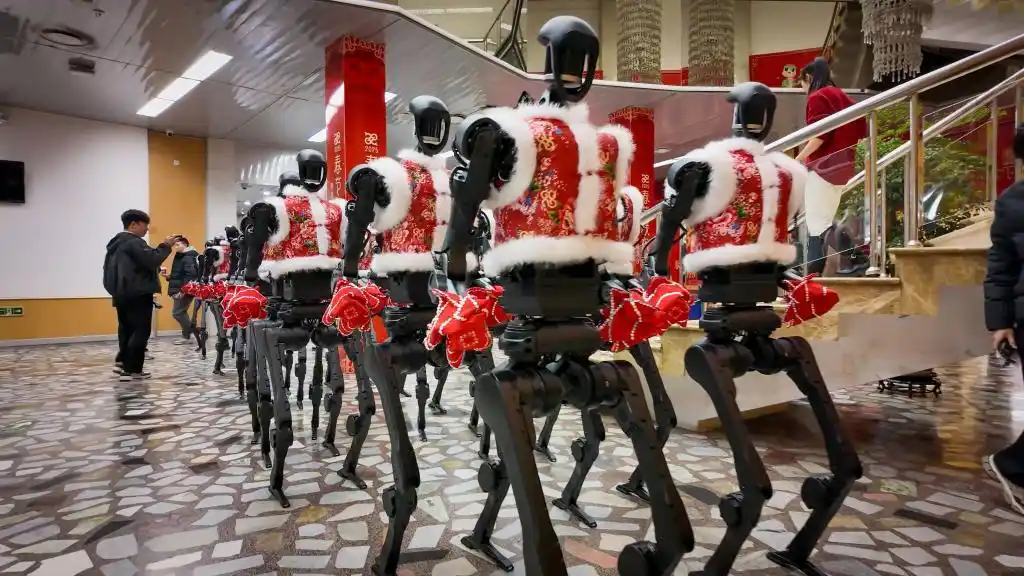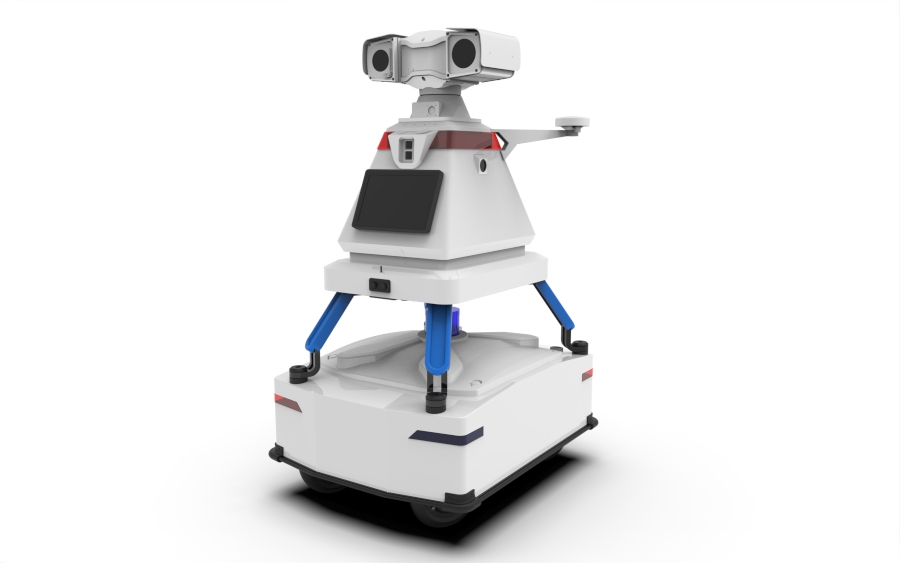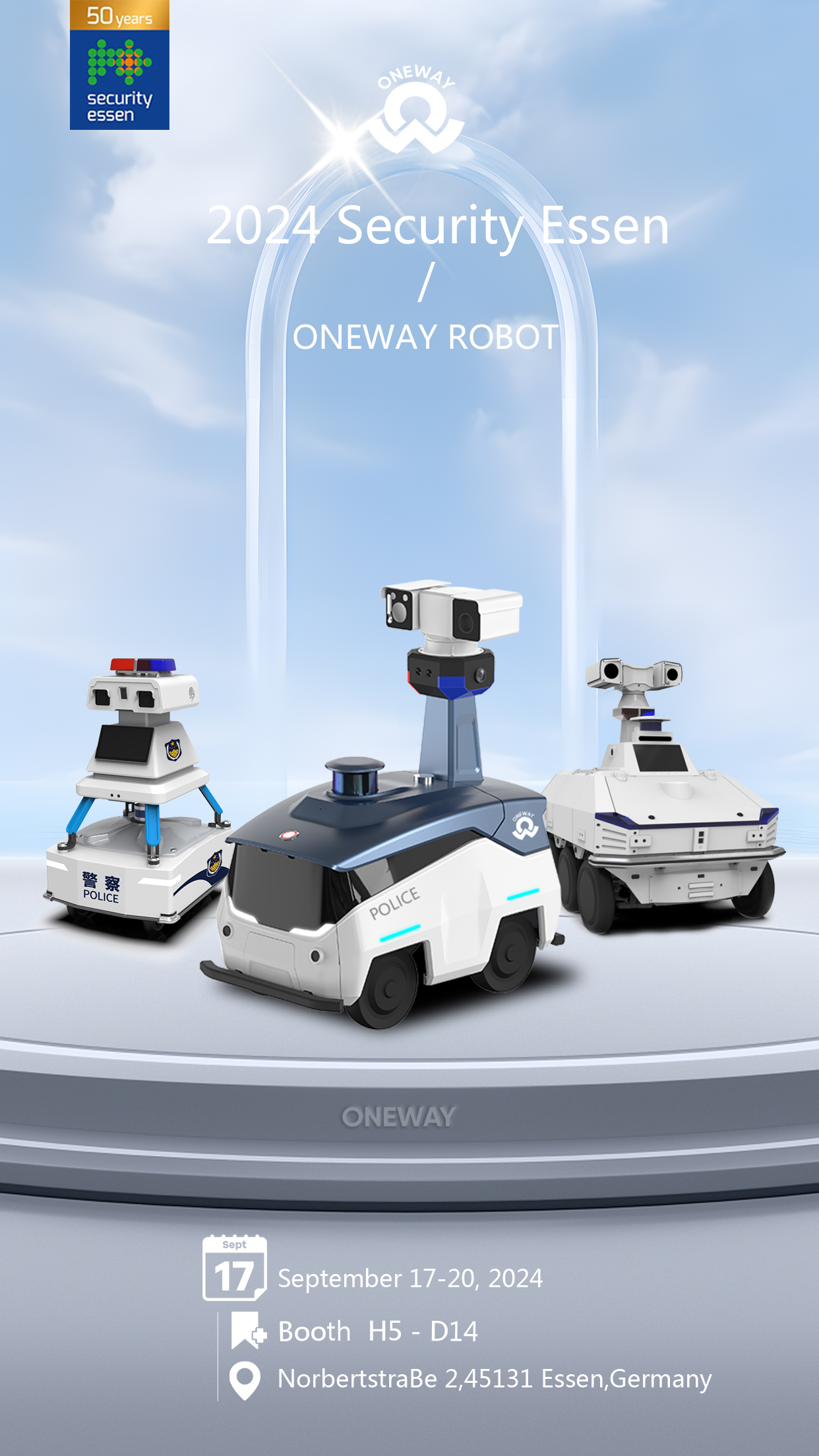The security robot industry is poised for rapid growth, fueled by technological advancements and increasing demand for innovative security solutions. Market analysts project significant expansion in the coming years, driven by factors such as rising security concerns, advancements in artificial intelligence, and the need for cost-effective security measures.
Security robots are evolving beyond traditional surveillance systems, incorporating advanced features such as autonomous navigation, real-time threat detection, and adaptive response capabilities. These robots utilize sophisticated sensors, including cameras, LiDAR, and thermal imaging, coupled with machine learning algorithms to identify and respond to security threats more effectively.
In addition to their capabilities in surveillance and threat detection, security robots are increasingly being deployed for tasks such as access control, perimeter monitoring, and emergency response coordination. Their versatility and scalability make them valuable assets across various industries, including commercial real estate, manufacturing facilities, transportation hubs, and public venues.
One notable trend driving the adoption of security robots is their ability to enhance human security personnel’s effectiveness rather than replacing them. By automating routine patrols and surveillance tasks, security robots enable human operators to focus on higher-level security challenges and emergency response activities.
Moreover, the COVID-19 pandemic has accelerated the adoption of security robots, particularly in industries where maintaining social distancing and minimizing human-to-human contact are critical. Security robots equipped with thermal imaging cameras and sensors have been deployed for temperature screening, crowd monitoring, and enforcing safety protocols in public spaces, workplaces, and transportation hubs.
As the security robot industry continues to mature, collaborations between technology companies, security firms, and end-users are expected to drive further innovation and market growth. With ongoing advancements in artificial intelligence, sensor technologies, and robotics, security robots are poised to become indispensable tools for safeguarding assets, protecting public safety, and enhancing security operations in diverse environments.







